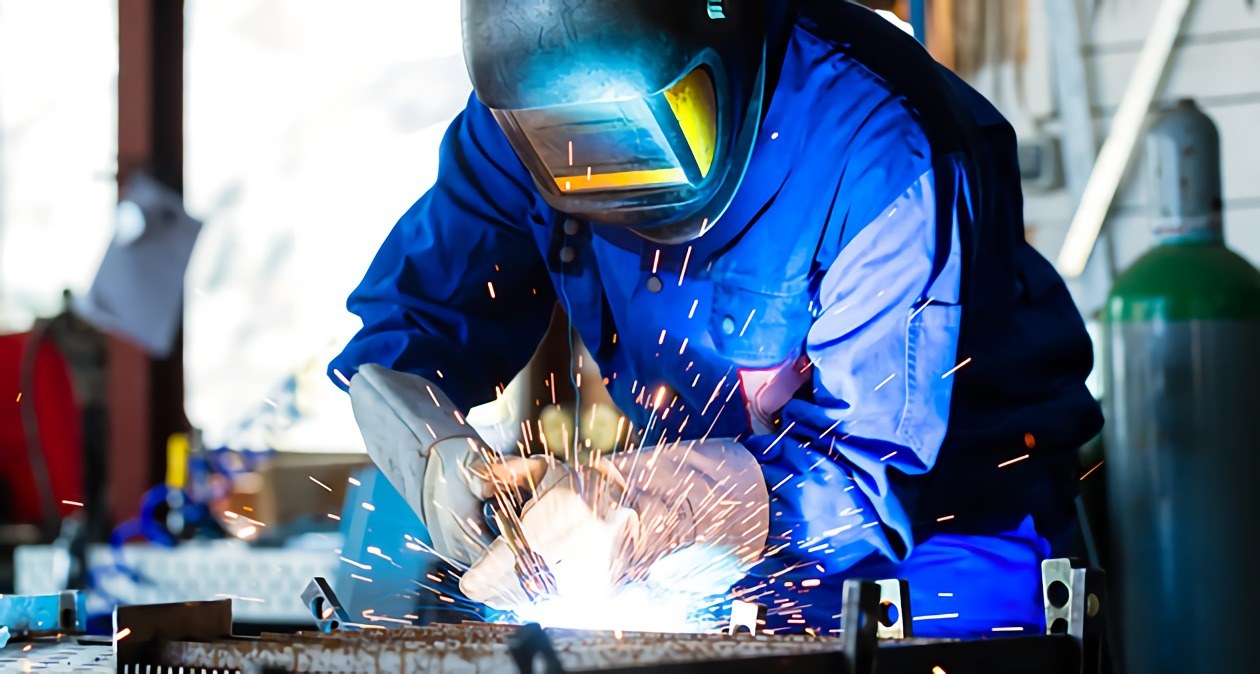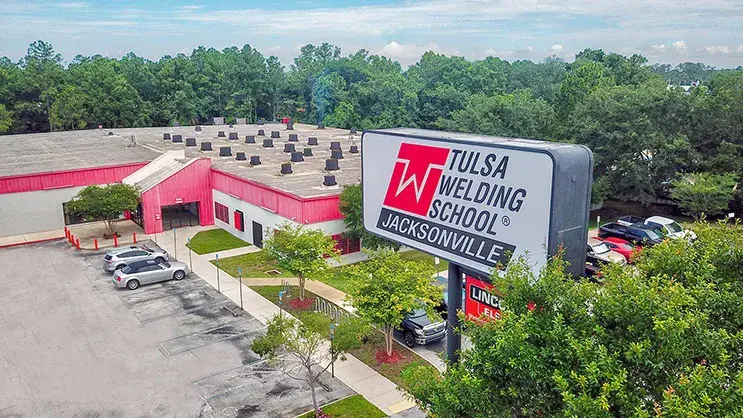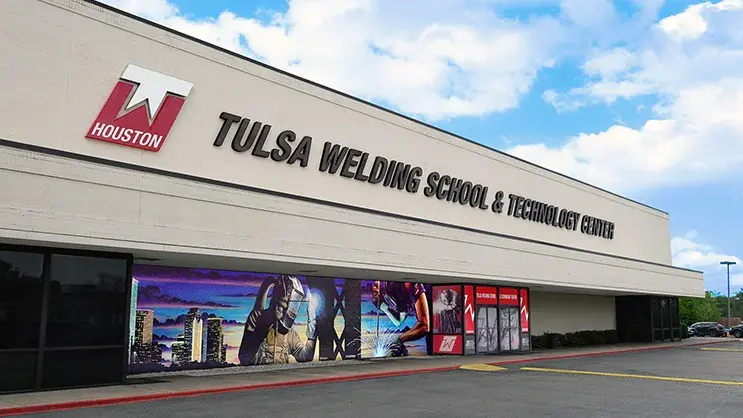TWS is a Great Training Option for Everyone
Learn more about how we can prepare you to advance your career.
At a basic level, welding consists of using heat, pressure, or a combination of both to bond two pieces of metal together. If you were not familiar with welding, however, you would be surprised at the number of welding techniques out there and the science behind each of those methods. Welding isn’t just a simple task but one that requires a high level of skill along with a working knowledge of basic physics, chemistry, and metallurgy principles.
Welding Processes
There are a number of welding processes that can be employed depending on the form and thickness of the material to be joined. However, most welding falls into two categories: arc welding and torch welding. If you’re interested in pursuing a welding career in arc welding, you should know that it requires a good eye for detail and steady hands. In this type of welding, the materials as well as filler material are melted together using an electrical arc. Common types of arc welding include the following:
- Gas metal arc welding
- Gas tungsten arc welding
- Plasma arc welding
- Shielded-metal arc welding
- Submerged arc welding
Torch welding, on the other hand, is a process that melts the working material and welding rod using an open flame. The most common application for torch welding is repair and maintenance work. The big advantage to this type of welding is that it allows the user to control the torch and rod at the same time, making it easier to be more precise. The most common type of torch welding is oxyacetylene welding.
Of course, there are many more welding methods than these, some of which are quite extreme. For instance, explosions, laser beams, and high-frequency vibrations can also be used to join metals together.
Have You Considered a Career in the Skilled Trades?
Fill out the form to recieve a no obligation info packet.
Physics of Welding
Due to their various mechanical and chemical properties, different types of metals will react differently when welded. Heat can affect the toughness and ductility, or the ability to bend or stretch without breaking, of the metal.[i] Because metal expands when heat is applied to it and contracts when the heat is taken away, welding can also effectively straighten out a bent or warped weldment or plate. This is a skill that requires practice and knowledge of the correct location to perform the weld.
Chemistry of Welding
With welding, no chemical reaction occurs besides the simple heating and cooling of the metal. Chemistry plays a key role in the quality of the weld. Oxygen reacts with molten metal, so metal oxide will form on the metal and weaken the weld if there isn’t some kind of protection method. The methods used to protect the weld from metal oxide formation include using protective gases around the puddle to prevent the oxygen and other impurities from getting in.
Welding Metallurgy
Along with physics and chemistry, metallurgy is another key area students will learn about in a welding degree program like the one offered at Tulsa Welding School. Although welders don’t need to be metallurgy experts, they should know about the physical, mechanical, and chemical properties of different metals.
High temperatures can change the crystalline structure of a metal enough that it will weaken the metal. While there are charts available outlining mechanical properties like tensile strength and yield, they don’t show chemical composition or physical information such as conductivity, so a welder needs to have a working knowledge of these areas of metallurgy as well.
A Rewarding Career
There are a lot of different factors that go into producing a solid weld as well as a variety of ways to bond two pieces of metal together. Becoming a skilled welder requires knowing about these various factors and techniques, and a welding program can teach you all you need to know to get you started in this rewarding career. To learn more, contact Tulsa Welding School today.
1 – http://www.g-w.com/pdf/sampchap/9781590704059_ch03.pdf
This blog has been labeled as archived as it may no longer contain the most up-to-date data. For a list of all current blog posts, please visit our blog homepage at https://www.tws.edu/blog/







